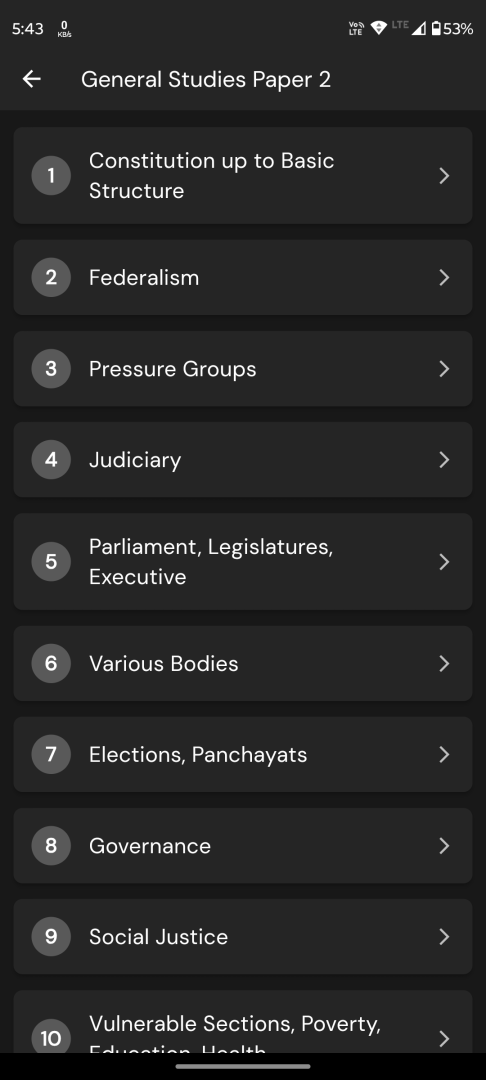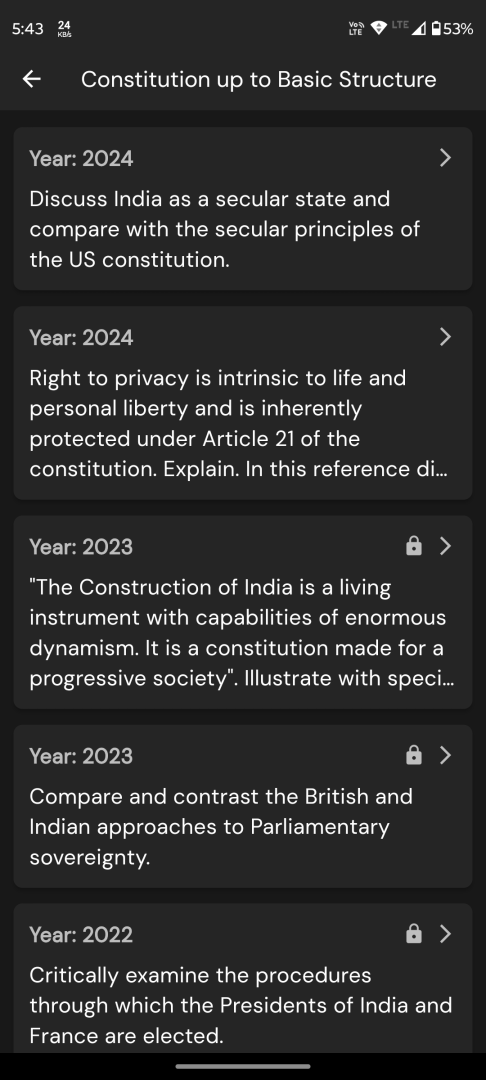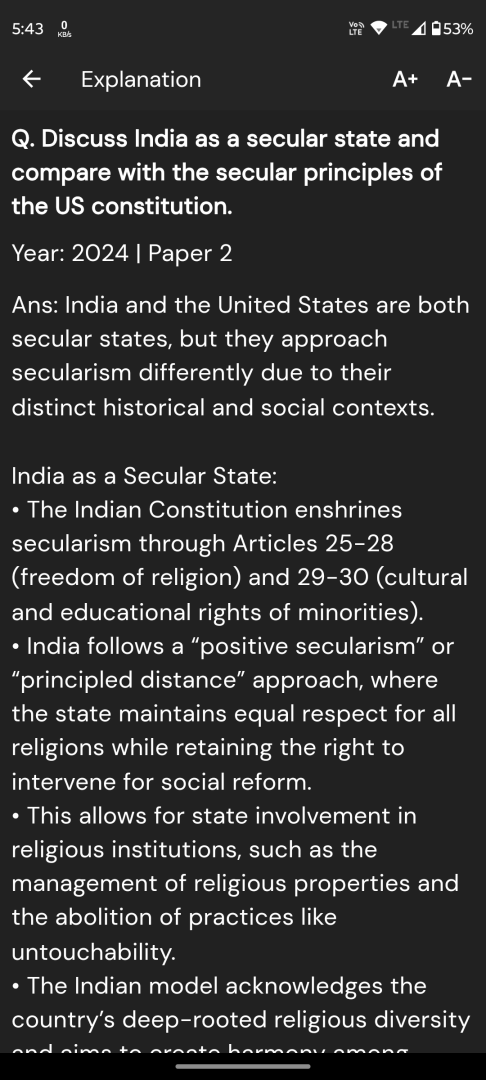Q. A Question is given followed by two Statements I and II. Consider the Question and the Statements.
There are three distinct prime numbers whose sum is a prime number.
Question: What are those three numbers?
Statement-1: Their sum is less than 23.
Statement-II: One of the numbers is 5.
Which one of the following is correct in respect of the above Question and the Statements?
a) The Question can be answered by using one of the Statements alone, but cannot be answered using the other Statement alone.
b) The Question can be answered by using either Statement alone.
c) The Question can be answered by using both the Statements together, but cannot be answered using either Statement alone.
d) The Question cannot be answered even by using both the Statements together.
Correct answer: a) The Question can be answered by using one of the Statements alone, but cannot be answered using the other Statement alone.
Question from UPSC Prelims 2024 CSAT
Explanation :
Using Statement I Alone:
Primes less than 23: 2, 3, 5, 7, 11, 13, 17, 19.
Possible Combinations:
(2, 3, 5) -> Sum = 10 (Not prime)
(2, 3, 7) -> Sum = 12 (Not prime)
(3, 5, 11) -> Sum = 19 (Prime)
… (Other combinations either do not sum to a prime or exceed the sum limit)
Conclusion: The only valid combination under this statement is (3, 5, 11).
Using Statement II Alone:
Given: One of the numbers is 5.
Possible Combinations (without sum constraint):
(3, 5, 11) -> Sum = 19 (Prime)
(5, 7, 11) -> Sum = 23 (Prime)
(5, 7, 17) -> Sum = 29 (Prime)
(5, 13, 17) -> Sum = 35 (Not prime)
…and several others.
Conclusion: There are multiple valid combinations, such as (3, 5, 11), (5, 7, 11), (5, 7, 17), etc. Therefore, Statement II alone does not uniquely determine the answer.
Final Conclusion:
Statement I alone is sufficient to uniquely identify the three primes as (3, 5, 11).
Statement II alone is not sufficient as it allows for multiple valid combinations.
Answer: The Question can be answered by using one of the Statements alone, but cannot be answered using the other Statement alone.





